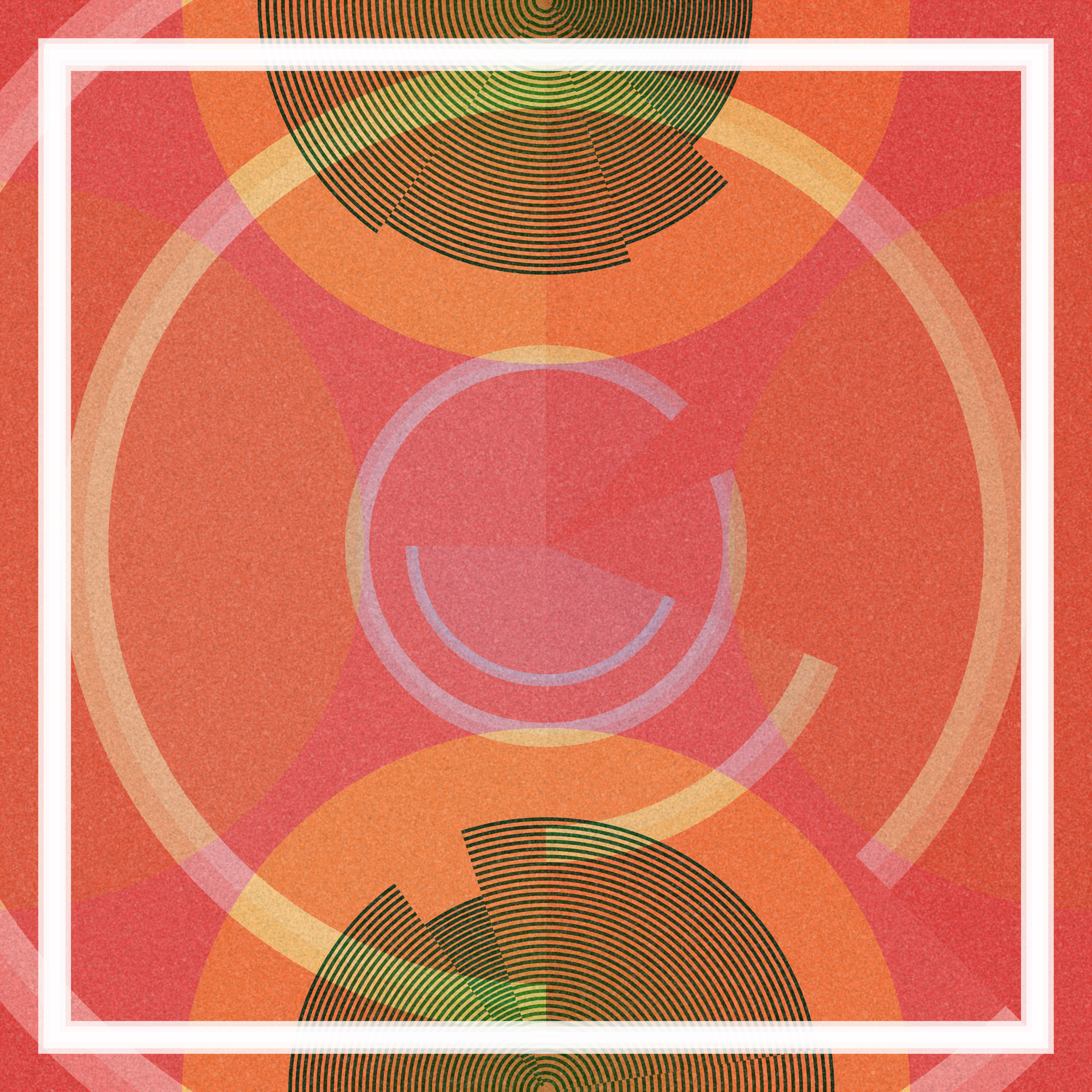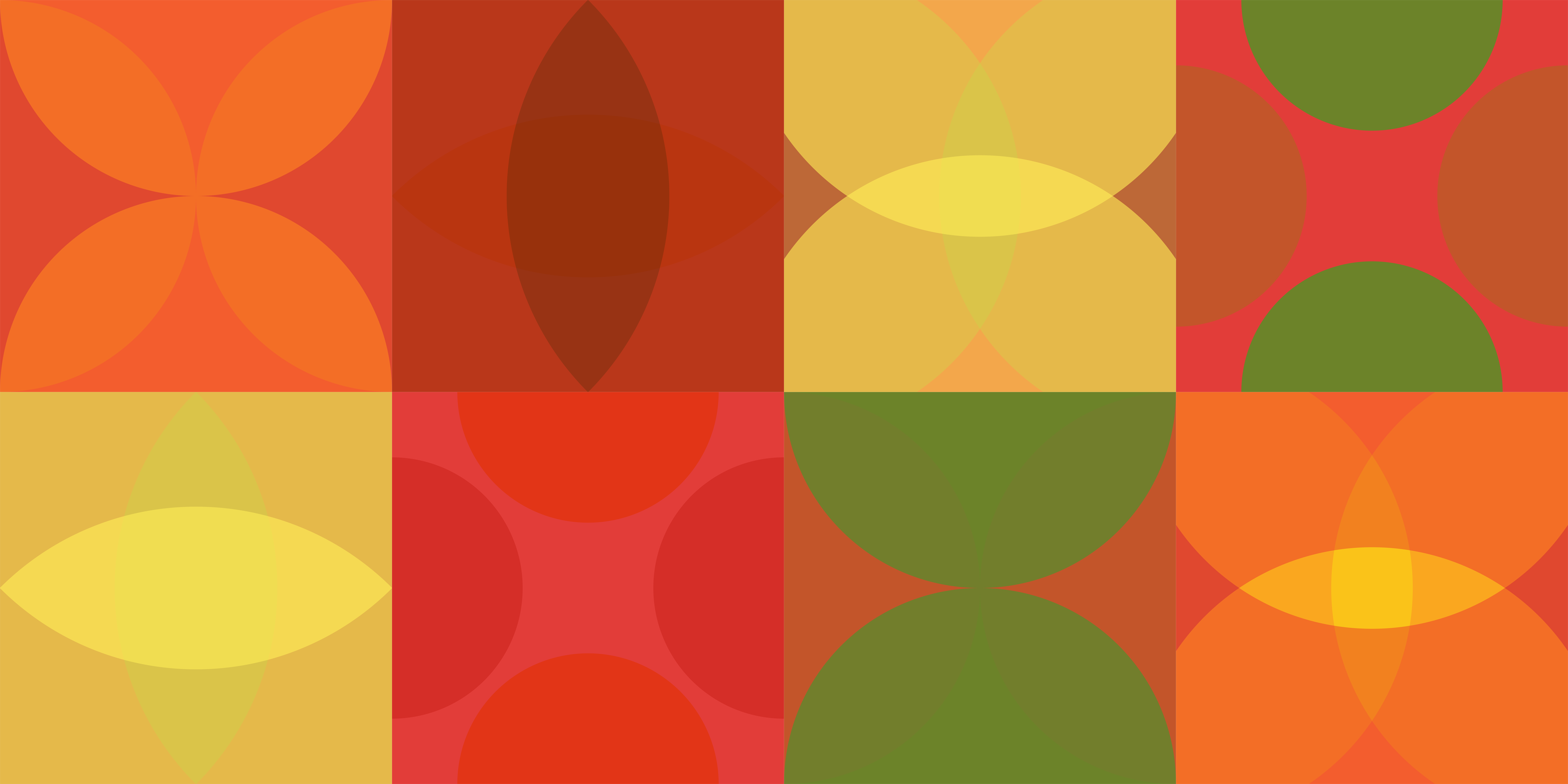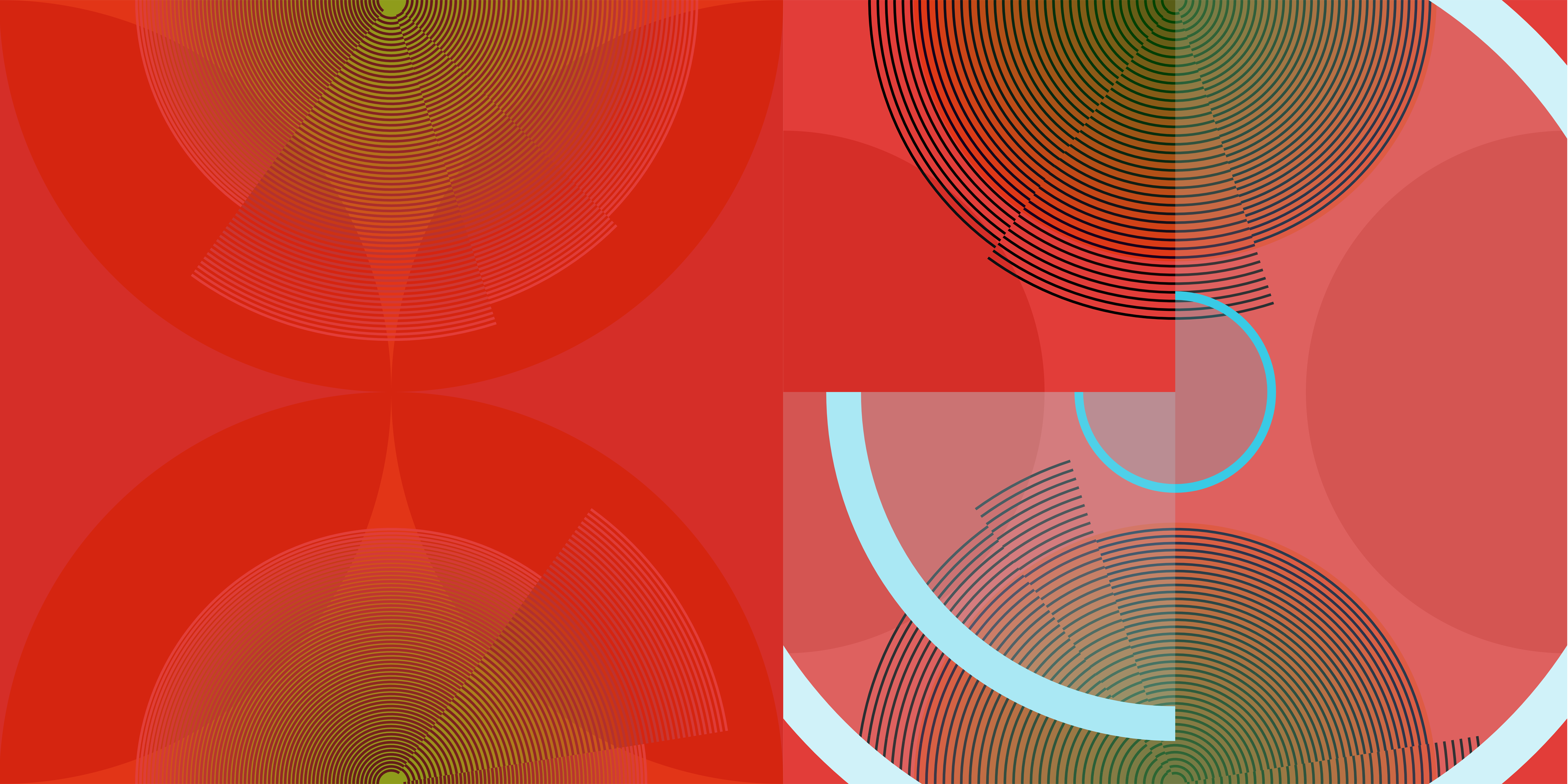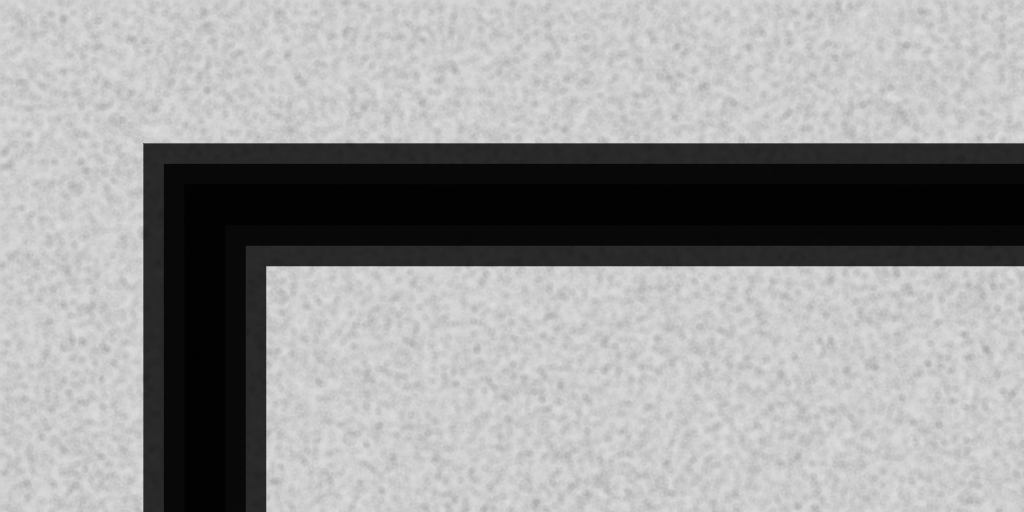O

Concept
Each piece in this collection follows its own unique set of rules that govern its layout and colour scheme. Inspired by the intricate nature of musical performances, I've incorporated random elements to ensure that every rendition is distinct, reflecting the ever-changing essence of music and the nuanced artistry of live performances.To bring these compositions to life, I've drawn inspiration from albums that have played a significant role in shaping my personal taste in music. Typically, each piece features 2 to 8 colours directly sourced from the album covers. However, by utilising randomised blend modes for each layer, the colours interact in unexpected ways, sometimes transcending the defined palette and resulting in surprising variations.
Circles
The foundation of each piece begins with a solid background colour, on which 2, 4, 6, or 8 circles are strategically placed in different arrangements. The radius and placement of the circles is randomised from a pre-defined set of choices, contributing to the creation of unique patterns which interact with the layers on top.As you can see in the below image, the combination of varied base colours, blend modes, and circle sizes generates a vast array of possibilities in this layer alone. This interplay of elements adds richness and diversity to a piece, making each composition a captivating experience.

Eight variations of circle and background colour from O // 086
Rings and Arcs
Building upon the foundation of these circles, the next layer in each piece consists of one to five sets of rings. The number of rings displayed in each composition can vary, either 33, 45, or 78 - an homage to the rotation speeds of records. These numbers are sometimes multiplied to create a dense spherical effect or a wider spanning pattern of lines.The rings are created through a meticulously crafted process. As each piece loops through each set of rings, the colour of the lines subtly evolves, creating a gradual darkening effect towards the arrangement's centre. This technique gives the illusion of depth and adds a sense of dimension to the artwork.
During the creation of this collection, I began experimenting with a touch of randomness. I introduced a slight offset to each ring, and to my delight, the results were remarkable. I decided to embrace this serendipitous effect, giving rise to the concept of "condition." The shattered condition, as depicted in the artwork titled "O // 086," at the top of this page, is a clear representation of this concept. Additionally, while working on the ISAM (Amon Tobin) pieces, I drew inspiration from the subject matter of the album cover and arranged the rings in a formation reminiscent of a butterfly, resulting in the birth of the "split" condition.
Building on the sets of rings, arcs play an essential role in the composition, layered on top of the rings. Randomised start and end points guide the creation of arcs, with their radii expanding in a similar manner to the rings, albeit less uniformly. This technique creates the illusion of wedges emanating from the center, enhancing the dynamic energy of each piecen and a strong counterpoint to the symmetry of layers below.

Rings and then arcs are added with low opacity
Texture and border
As a finishing touch I introduce the texture layer; something I had been working on prior to developing the concept for this collection. This layer adds character and imbues the artwork with a tangible quality, resembling the texture of watercolour paper or the subtle imperfections captured by a camera, rather than the crisp lines of digital art.To achieve this effect, I utilise two layers of fine black and white dots with varying opacity and size. At full resolution, each piece boasts a count of over two million dots. The interplay of these dots creates a visually captivating texture, elevating the artwork from a digital creation to a piece that exudes the charm of a traditional print.

A close up showing an image border and texture
Building the collection
Throughout the process of creating this collection, I focused primarily on the artistic aspect, and automation was not initially a priority. However, as I progressed, I documented the attributes of each piece and developed a Python program to streamline the creation of metadata files. This program also generated a master schedule detailing the unique characteristics of each artwork and generated smaller versions of the chosen images to be used as thumbnails.Given the manual nature of this endeavor, multiple passes were required to ensure accuracy. I carefully cross-referenced the metadata values against each piece to iron out any inconsistencies and guarantee the fidelity of the information presented.
Creating this collection has been a rewarding journey, allowing me to combine my passion for art with my appreciation for music.
Policy ID:
1cba2915a5c259ee50841f1b297b752df3e172dd9444faf169e3b934